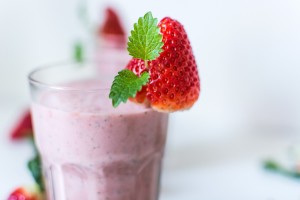
The diet industry is flooded with many types of supplements and products, which promise you flat abs, a tight butt and the physique you’ve always wanted. It’s a billion dollar industry.
Among these are meal replacement shakes. The idea behind this is that you will substitute your whole food meal for a liquid meal, fewer in calories and full of vitamins and minerals that will help your body shed weight and become healthier.
Many people are attracted to this option because they feel that there is no time to cook a healthy meal, so this is the best way to get nutrients into their bodies. However, we really need to pay attention to the ingredients in these protein powders and shakes, because they are not always as healthy as we think.
Negative effects on digestion
By drinking liquid meals instead of chewing up food, many of the body’s natural digestive processes are bypassed. Chewing is often overlooked as being something of importance, however it’s the first step of the digestive process.
There are enzymes in our saliva that help to break the food down in our bodies so that the nutrients from them are easily absorbed. Therefore, when we drink a meal replacement shake, it goes to our stomach without the initial digestive processes being simulated. This can result in poor absorption of nutrients, gas and bloating.
Satiety cues interrupted
Replacing all or most of your meals with a shake can inhibit the body’s natural ability to eat intuitively and understand natural satiety cues. Chewing slowly and eating slowly helps your brain to know when your body is full. When we substitute a shake for more than one meal per day, how can we learn to follow our body’s natural cues?
Our bodies are designed to get nutrients from whole food sources, and it’s important for us to learn how to connect with our bodies so that we can understand when we need more of a certain nutrient.
Replacing foods with a liquid shake that has a predetermined amount of calories, macro nutrients, and vitamins will not help you to tune into your body’s needs.
Lacking in complete nutrient profiles
Most meal replacement shakes contain a combination of protein, carbohydrates and vitamins. So far, so good, right? Not quite.
When we take a closer look at these ingredients, they are often not the best quality. Some of these ingredients include overly processed forms of whey protein powder, synthetic vitamins, additives, and added sugars.
Synthetic Vitamins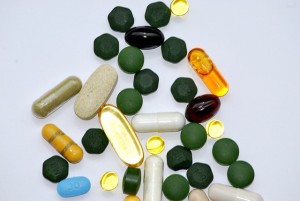
Many meal replacement shakes boast about all of the vitamins and minerals that they contain. However, most companies use synthetic vitamins, that is they are manufactured, and not food derived.
Synthetic vitamins are cheaper, but unfortunately they are not absorbed well by our bodies. Most labels do not show which form of the vitamin is used – all vitamins are not created equal! Also, many of the vitamins in a meal replacement shake, could also be taken via a high quality, food-based multivitamin, for much less expense.
Additives
Ok. Let’s talk about additives. Additives are usually used to emulsify, preserve and add flavor to shakes. The problem is, that many of these additives can negatively affect digestion, as well as the integrity of your gut lining.
A few of the most common additives in meal replacement shakes include:
- Xanthan gum – May be derived from corn (GMO); may cause gastrointestinal distress (8)
- Guar gum – May cause nausea, gastrointestinal upset and bloating. (8)
- Multiple sweeteners – We will discuss these more in a moment. However, I have to ask why all of these sweeteners would be in meal replacement shakes if the objective is weight loss and long-term improve health?
- Vegetable oils. Vegetable oils are highly inflammatory, rancid due to oxidation, and extracted with chemical solvents. (Watch this)
- Oil powders. The process of drying oil changes its molecular structure, and I am guessing that it would lead to oxidation of the oils. Although I could not find a specific study to back this theory up, it just makes sense to me.
- Caffeine. Caffeine can be used to stimulate energy and suppress appetite.
- Natural and Artificial Flavors. I am nervous about eating anything with “natural flavors” and definitely anything with “artificial flavors”! This is because the terminology is not regulated, and could really mean anything. “Natural flavors” can include MSG as well as genetically modified ingredients. (8)
- Carrageenan. Carrageenan is used as a thickener in many processed foods and drinks. As for its safety, the jury is out with this additive. Some studies have shown a correlation between carrageenan consumption and cancer. Studies conducted by the FDA have shown that taken in large amounts, carrageenan can damage the epithelial lining of the intestines. They concluded that more research needs to be done in order to form any conclusions. (8,9)
- Maltodextrin. Maltodextrin is a type of sugar that is used in many processed foods and sodas. In the United States, it is usually derived from GMO corn.
- Soy Lecithin. This is used as an emulsifier in many products. It is produced from soybean waste, and may be contaminated with solvent and pesticide residues. Since it is a soy byproduct, it is likely to also be GMO. (8)
- Acesulfame. Acesulfame is a non-nutritive sweetener, and is in the same category as Aspartame and Saccharine. That is, it does not add any nutrients. According to the National Health Service in the United Kingdom, “Critics say the sweetener has not been studied adequately and may be carcinogenic, effect pregnancy and cause tumours.” (10)
- Mono and Diglycerides. These can be soy, corn, peanut, or fat based and are by-products of fat and oil processing. They may contain GMOs. (8)
Added Sugars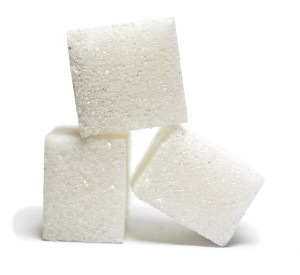
Most shakes are sweet flavors, which stimulates your desire for more. Even the name “shake” makes you think at some level that you are having a milkshake.
So when you look at an option of having a healthy meal consisting of roasted vegetables, fish and mashed sweet potatoes, or a “chocolate fudge shake” that will “burn fat”, you may be drawn toward the shake. However the whole foods meal will take longer to digest and regulate your blood sugar.
An ingredient that turns up in a lot of shakes is fructose. You may think “well, that’s just fruit sugar, what’s the problem?” The problem is that it is in the shake as an isolated ingredient. When consumed with fruit, fructose is balanced by the fiber in the fruit.
Therefore, when we eat an apple, the fructose is accompanied by fiber, which slows the absorption of the fructose into your bloodstream. This in turn helps to keep blood sugar levels steady. Without the accompanying fiber, the sugar will raise glucose levels much faster. It is important to keep blood sugar regulated, since excess glucose will be stored as fat.
Additionally, when we consume too much sugar, we are feeding bad gut bacteria. This can lead to an imbalance in your gut called dysbiosis, which may lead to conditions such as Candida, and Small Intestinal Bacterial Overgrowth (SIBO).
Heavy Metals
During several different testings, one notably done by Consumer Reports in 2012, levels of arsenic, cadmium, lead, and mercury were found in several popular brands of meal replacement shakes.
These levels of heavy metals found in these shakes exceeded those set by the U.S. Pharmacopeia (USP), which is the federally recognized authority that sets voluntary standards for health products. (11)
Recently, a consumer advocacy group called As You Sow filed legal action against a new meal replacement shake company, stating that the shake has high levels of lead and cadmium. (12)
Sustainability
Many of the meal replacement shakes focus primarily on weight loss and getting a certain body type, rather than on the whole, long-term picture of health. Although some of the positive side-effects of weight-loss are the potential change in conditions, such as diabetes, inflammation, insulin resistance, and joint pain, you can get these benefits and so many more by just eating whole, unprocessed foods.
Low calorie
Most of the meal replacement shakes have about 250 calories or less in them. Not only can eating low calorie meals mess with our metabolism, but it can also lead to fatigue, hunger, and cause us to binge later. This is especially true for women.
Women especially need to consume adequate fats, carbohydrates and protein throughout the day in order to keep their hormones balanced and healthy. Cutting calories and not getting enough of these macronutrients can lead to hormonal imbalances.
Proprietary blends
Many meal replacement shakes use the term “proprietary blend” as a marketing strategy to make consumers think that they are getting the best, most exotic ingredients. In reality, only a small percentage of these special ingredients may be in the contents of the proprietary blend. Since it is proprietary, there is no requirement to show how much of each ingredient you are getting in a serving.
The majority of the shake is usually made up of highly processed whey powder and synthetic (non-food based) vitamins. In fact, a very popular shake, which is also very expensive, puts a lot of emphasis on its proprietary blend of “superfoods”. However, if you calculate the percentage that the proprietary blend is in relation to the whole shake, it is only about 4%! The rest of the ingredients are mainly whey and synthetic vitamins.
Herbal blends
Several of the popular meal replacement shakes have herbal blends built in. While I am a big fan of herbs and herbal remedies, I think that a blend should be tailored to meet your specific needs.
Herbs can be very effective if they are administered in the correct dosages. However, if you are only getting a few milligrams of an herb, it may have no effect on your health. On the other hand, it could negatively impact your health. You may be taking a medication that is contraindicated to the herbs in the shake. It is important to do your research and check with a medical professional before taking any herbs.
Expensive
With all of the money spent on meal replacement shakes, you could use that money on high quality foods, such as grass-fed beef, wild-caught fish, pastured eggs, and organic fruits and vegetables.
Most meal replacement shake companies want you to rely on that shake and keep buying it, because “It’s the healthiest meal of the day.” However, with vegetables, fruits and some high quality whey protein, you could make your own shake for much less money and it would be a lot healthier.
Plant-Based Shakes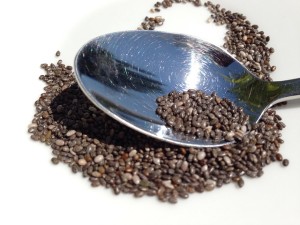
Most plant-based meal replacement shakes are not full of greens and vegetable plants, but nuts, seeds and grains, such as soy and brown rice.
Unfortunately, these are full of “anti-nutrients”. “Anti-nutrient” is a term that is often used for foods that contain compounds, such as phytic acid, which inhibit the vitamins and other nutrients in that food from being assimilated by our bodies. Phytic acid actually chelates to minerals in our body, preventing our body from absorbing them. (13)
Most foods have “anti-nutrient” properties – – it’s a survival mechanism for plants to avoid being eaten by other living things. Nuts have hard shells that need to be opened up in order to access the edible nut. Many fruits need to be peeled or cut open to get to the edible part inside. Legumes, seeds and grains contain phytates, gluten, lectins and protease inhibitors. This means that our bodies have a much more difficult time accessing the nutrients contained in them.
If a shake full of these anti-nutrient containing foods is one of your primary sources of nutrition, it may leave you deficient in certain minerals.
Final Thoughts
Meal replacement shakes are a one-size-fits all approach. While they are often used as a quick-fix to lose weight fast, or a quick meal for busy people, nothing compares to real, whole, unprocessed foods.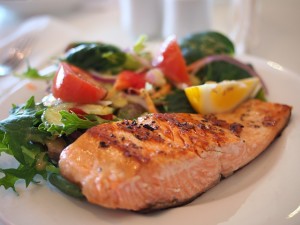
I think that a high quality, grass-fed whey protein powder can be a great dietary supplement, if you tolerate dairy.
Additionally, collagen hydrolysate is another wonderful protein supplement.
The use of these well-sourced powders in a smoothie made with veggies and a little fruit from your freezer can be great when you are on the run. I make smoothies like this whenever I am really in a hurry and need to quickly eat.
However, using meal replacement shakes on a regular basis is not always the best choice for good health. Instead, try some fast whole-food alternatives, such as hard boiled eggs, a can of tuna or sardines, a piece of fish (broils in about 5-10 minutes). Make veggies and root vegetables in bulk so that you have them on hand when you are in a hurry. Throw your protein, veggies and starch over some pre-washed salad greens and you have a meal. Also, don’t forget about leftovers!
Cited Sources
(1) http://nutritiondata.self.com/facts/dairy-and-egg-products/100/2
(3) http://www.eatwild.com/cla.html
(4) http://www.cdc.gov/drugresistance/threat-report-2013/pdf/ar-threats-2013-508.pdf#page=14
(5) http://www.cdc.gov/nceh/ehs/docs/understanding_cafos_nalboh.pdf
(6) http://www.cancer.org/cancer/cancercauses/othercarcinogens/athome/recombinant-bovine-growth-hormone
(8) Farlow, C. H., D.C. (2007). Food Additives: A Shopper’s Guide To What’s Safe and What’s Not. Escondido, CA: KISS For Health Publishing.
(9) http://www.fda.gov/Food/IngredientsPackagingLabeling/GRAS/SCOGS/ucm261246.htm
(10) http://www.nhs.uk/Livewell/Goodfood/Pages/the-truth-about-acesulfame-k.aspx
(11) http://www.consumerreports.org/cro/2012/04/protein-drinks/index.htm
(13) http://www.westonaprice.org/health-topics/living-with-phytic-acid/
Other Sources Used
http://www.webmd.com/food-recipes/food-synergy-nutrients-that-work-better-together
http://well.blogs.nytimes.com/2013/07/31/making-the-case-for-eating-fruit/?_r=0
http://www.dairyprocessinghandbook.com/chapter/whey-processing
http://jn.nutrition.org/content/138/3/439.full
http://chriskresser.com/harmful-or-harmless-soy-lecithin/
http://www.webmd.com/drugs/2/drug-8836/potassium-citrate-oral/details
http://rippedclub.net/shakeology/shakeology-ingredients/
http://www.huffingtonpost.com/dr-mark-hyman/fiber-health-the-super-fi_b_594153.html
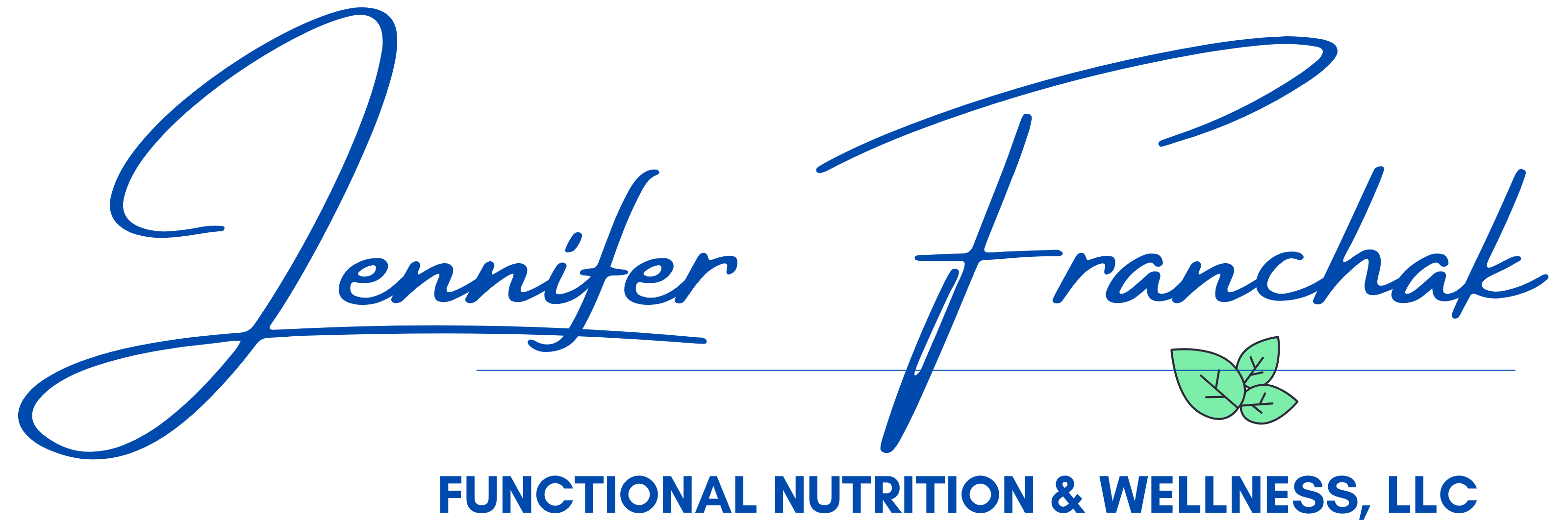
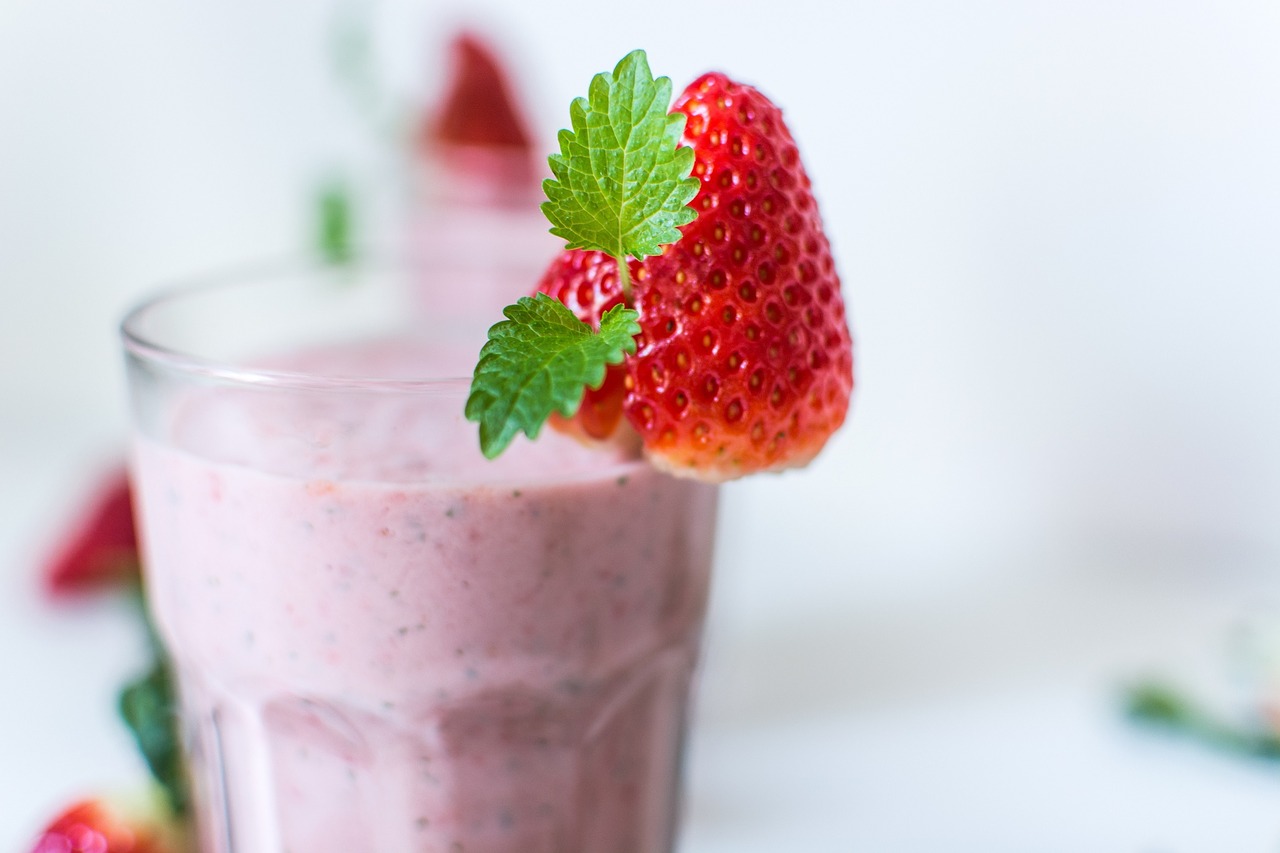
Leave a Reply